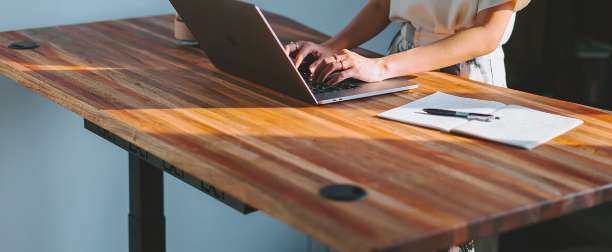Expert Advice on Wiring and Connecting Your Ceiling Fan: Mastering the Basics

Welcome to our blog post, where we unravel wiring mysteries and connect your ceiling fan like true experts! Whether you’re a seasoned DIY enthusiast or just starting your home improvement journey, we’ve covered you with all the essential information to master the basics. Say goodbye to that frustrating tangle of wires and hello to a beautifully functioning ceiling fan that will keep you cool all summer long. Get ready for some electrifying advice as we dive into this topic – let’s wire up and connect those fans with confidence!
What is Wiring and Connecting a Ceiling Fan?
Wiring and connecting a ceiling fan involves several steps:
- Turn off the power supply to the fan.
- Mount the fan bracket onto the ceiling junction box.
- Connect the fan wires to the corresponding wires in the junction box, usually color-coded (black to black, white to white, etc.).
- Secure the fan blades and install the light kit (if applicable).
Always follow the manufacturer’s instructions and consult a professional if unsure.
Tools Needed for Wiring a Ceiling Fan
To wire a ceiling fan, you’ll need a few essential tools:
Screwdriver: A screwdriver with flathead and Phillips heads will be required to secure electrical connections and fan components.
Wire Strippers: These tools are necessary to strip the insulation from the ends of the electrical wires, allowing for proper connections.
Voltage Tester: This device ensures that the fan’s power supply is switched off before starting any wiring work. It helps prevent electrical accidents.
Pliers: Pliers can help twist and tighten wire connectors.
Ladder: A sturdy ladder or step stool will be required to reach the ceiling and safely install the fan.
The Basic Wiring Scheme for a Ceiling Fan
The basic wiring scheme for a ceiling fan involves connecting the fan’s wires to the corresponding wires in the electrical junction box. Here’s a step-by-step guide:
Turn off the power: Before starting any electrical work, turn off the power supply to the room or the specific circuit at the breaker box to avoid electrical shocks.
Mount the fan bracket: Install the fan’s bracket onto the ceiling junction box using screws. Ensure it is securely fastened.
Connect the wires: Identify the wires in the ceiling junction box. Typically, you’ll find a black (hot) wire, a white (neutral) wire, and a green or copper (ground) wire. The fan will also have corresponding wires labeled with colors. Match the colors of the wires for connection (black to black, white to white, and green/copper to green/copper).
Make the connections: Twist the corresponding wires together and secure them with wire connectors (also known as wire nuts). Ensure the connections are tight and secure.
Install the fan components: Follow the manufacturer’s instructions to attach the fan blades, light kit (if applicable), and any additional components.
Test and secure: Double-check all connections and make sure they are secure. Turn on the power and test the fan to ensure it functions properly.
Always consult the manufacturer’s instructions and consider seeking assistance from a qualified electrician if you are unsure about any aspect of the wiring process.
Removing the Old Ceiling Fan Electrical Box
When removing an old ceiling fan electrical box, follow these steps:
Turn off the power: Before starting any work, switch off the power supply to the room or circuit at the breaker box.
Remove the fan components: Take down the fan blades, light kit (if applicable), and any other accessories attached to the fan.
Unscrew the fan: Carefully remove the screws or bolts that secure the fan to the electrical box.
Disconnect the wires: Disconnect the wires connecting the fan to the electrical box. Remember to note the wire connections for the new fan installation.
Remove the electrical box: Unscrew or unbolt the old electrical box from the ceiling joist or support. Be cautious not to damage any surrounding wiring.
Patch and prepare: Once the old box is removed, patch any holes or gaps in the ceiling and ensure it is ready to install a new electrical box.
Testing and/or Turning On Your New Ceiling Fan
After wiring and installing a new ceiling fan, follow these steps to test and turn it on:
Restore power: Turn on the power supply to the room or circuit at the breaker box.
Set the fan controls: Ensure the fan’s wall switch or remote control is in the “off” position.
Test the fan’s functions: Turn on the fan and test its functions, such as various speed settings and the light (if applicable). Verify that each function operates correctly.
Check for smooth operation: Observe the fan blades while running to ensure they rotate smoothly without wobbling or unusual noise.
Conclusion
In conclusion, mastering the basics of wiring and connecting a ceiling fan is essential for a successful installation. You can confidently tackle this task by following expert advice and adhering to safety guidelines. Remember to turn off the power supply, properly match and secure the wires, and consult the manufacturer’s instructions. With the right tools and knowledge, you’ll enjoy the comfort and functionality that Minka Aire ceiling fans bring to your space while ensuring a safe electrical installation.






























